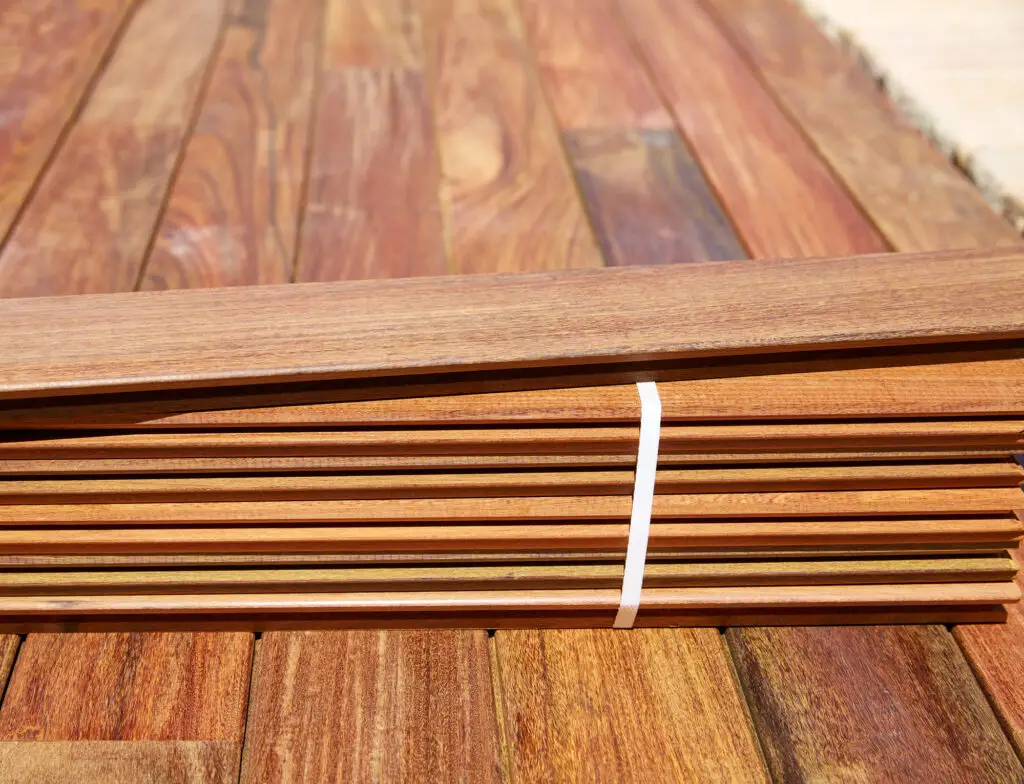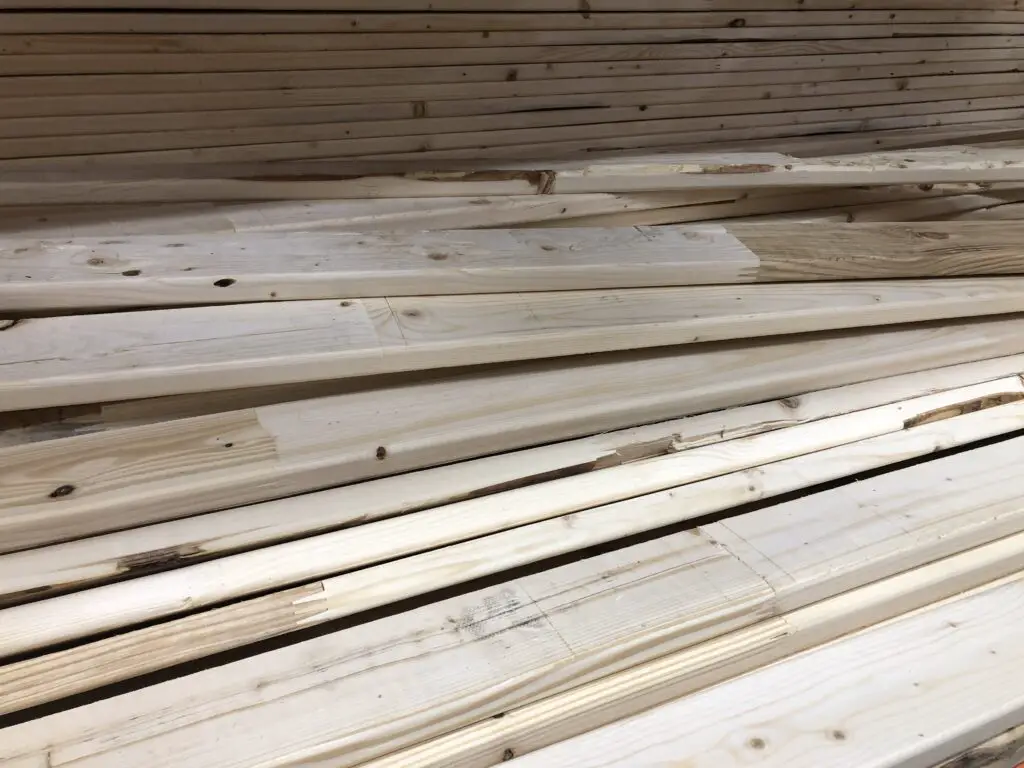For both avid woodworkers and occasional constructionists, wood glue is something you’re likely to use at least once when it comes to your woodworking projects. However, you may find yourself with various questions regarding the binding agent, such as how long will it last once applied to your wood project?
We will be going over this as well as other glue-related questions in this post. You’ll know just how efficiently the wood glue will keep your woodworking projects together. As for those who would like a quick answer, we also have that for you below.
The bond wood glue provides will typically last a lifetime. However, poor conditions such as swinging temperatures or humidity can play a factor in the construction of your wood pieces.
As for the shelf life for wood glue sitting in the bottle, typically “best before” dates on wood glue run about 1-2 years, but if stored correctly, there’s no reason it couldn’t last for much longer.
How Long Does Wood Glue Last Once Applied?
After application, wood glue can last upwards of several decades when placed in the right conditions. If you keep it in a cool and dry environment, you shouldn’t have to worry about the wood glue going wrong in your lifetime.
However, if constantly exposed to a harsh climate or constant strenuous force, you can expect the applied wood glue to last a little less than expected.
How Long Has Wood Glue Been Around?
Technically speaking, glues used to hold wood together have been around for a few thousand years. Varying in properties and usage, they were used for various projects such as laminated woodworks or even the creation of tombs.
However, PVA wood glue was founded in the early 1910s in Germany by a man named Fritz Klatte. Ever since, wood glue has been used for countless woodworking projects, holding together the frame and providing support for many items you encounter daily.
What is Yellow Glue?
Also known as carpenter’s glue, yellow glue is an aliphatic resin and synthetic adhesive used to hold pieces of wood together. This binding agent has gotten its name due to its light yellow color and creamy texture.
Is there a difference between wood glue and yellow glue? While yellow glue is an entire type of glue in itself, wood glue is merely a classification of that glue.
Overall, yellow glue is generally more robust and dries quicker than traditional white glue.
What is the Shelf Life of Wood Glue?
When unopened and in a stable environment, the official shelf life for wood glue is anywhere from one to two years. However, you should note that most, if not all, glues can last much longer than what their shelf life is listed as.
If you properly store and maintain your glue, you should have no problem using it, even if it has been several years since its purchase.
Does Wood Glue Go Bad?
Wood glue doesn’t really “go bad”, but it may be in danger of drying out if not stored properly. The glue can last upwards of ten years after being opened.
What are Some Different Types of Wood Glue?
As stated above, wood glue is generally a classification of yellow glue. Yet, there are many varieties of what can be defined as wood glue.
To give you a good idea of what is out there, we will be going over brief descriptions of five different variants of wood glue:
- PVA Wood Glue: PVA glue, or polyvinyl acetate, is the most common type of wood glue. For the most part, many white and yellow glues are likely to be PVA. Widely available and able to be used for a wide variety of projects, PVA wood glue is a good choice for any woodworker.
- Hide Glue: Hide glue is wood glue that indeed comes from the hide of animals. There are two variants of the glue, one that needs to be heated up in a pot of water, and the other being ready to use with the same consistency of PVA glue. Unlike PVA, Hide Glue will not interfere with finishes once it is finished drying, which may be a better usage choice for some woodworkers.
- Epoxy: Epoxy is a wood glue that comes in two parts: resin and hardener. While both are liquids by themselves, they harden into an efficient bonding agent when mixed. This is a waterproof agent that’s great for filling gaps, at the cost of taking longer to cure than other glues.
- Cyanoacrylate Glue: Cyanoacrylate, or CA glue, is a super glue known for compounding pieces together for extended (or permanent) periods. It has a short cure time, making it an efficient binding agent for immediate effects and emergencies.
- Polyurethane Glue: Polyurethane glue is a moisture-activated glue, which swells before eventually drying. It has a quick drying time and is waterproof but can prove problematic for finishes.

